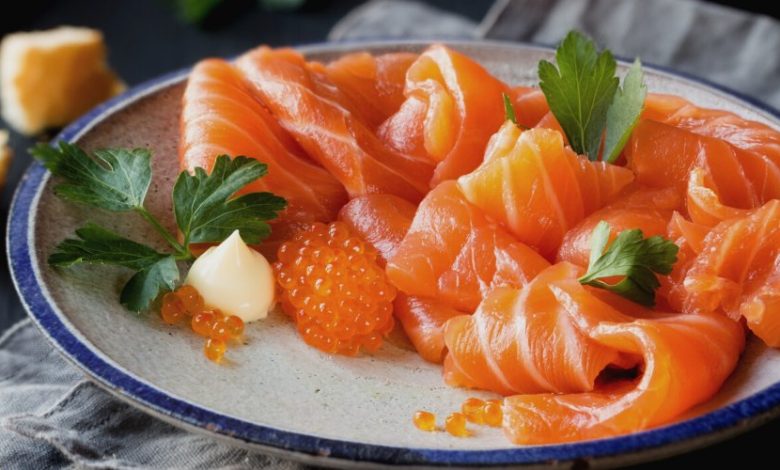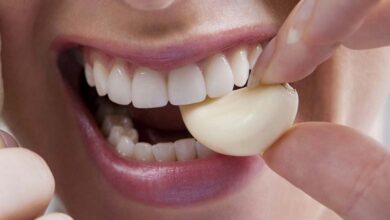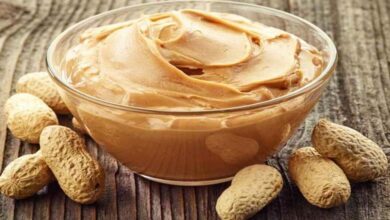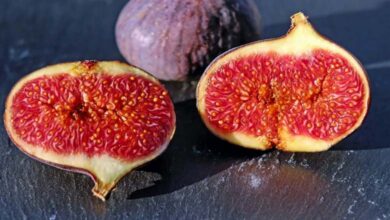Fish can be eaten in many ways: fresh, in foil, baked and… smoked!

Good for your health (because it is rich in proteins, minerals and omega 3), smoked fish is delicious in any season, but it is especially during the holidays that it stands out.
Smoking fish is an old culinary tradition that has retained its appeal to the present day. At the time, this technique made it possible to ensure good conservation.
Smoking is suitable for fish that have firm, fatty flesh. Salmon is the best known, but many other varieties can be smoked, such as mackerel, herring, tuna, halibut, trout and haddock which becomes haddock after smoking.
Smoked fish is also a delicacy on festive tables. Indeed, it is a light and tasty food, which avoids being smeared the next day.
Fish proteins are also much healthier than those provided by certain meats, especially red meat, which contains a lot of saturated fat. Smoking also imparts unique flavors to fish, which can be enjoyed in a marinade, on toast, in a quiche, salad, risotto or pasta.
Smoked salmon, the most popular
Smoked salmon is undoubtedly the most consumed on our plates among the range offered. It belongs to the category of “oily” fish whose weekly consumption is officially recommended, in our French neighbors, by the National Health Nutrition Program (PNNS). It is true that a single 35g slice of smoked salmon covers a large part of our daily omega 3 needs. It is also rich in vitamins B12 and D, minerals and trace elements. Finally, although it is a fatty fish, it has a fat content of less than 15%, or 170 calories per 100 g. Smoked salmon differs from fresh salmon primarily in its sodium and fat content. Thus, a 75 g portion of smoked salmon provides an average of 225 mg of sodium (64 mg for fresh), 5 g of fat (3 g for fresh) and 23 g of protein (19 g for fresh).
The smoked haddock, the lightest
Haddock is a smoked white fish that is called haddock when fresh. It also contains proteins, omega-3s, minerals and vitamins, while maintaining a reasonable caloric intake. Indeed, unlike other fish, it is not a fatty fish, but a lean one, with only 90 calories per 100 g of flesh. It will therefore be favored as part of a dietary plan. You can, for example, eat haddock raw on a Nordic plate, but it is in fish sauerkraut that its smoky taste is best expressed. It also goes wonderfully with lentils. Finally, it is often served poached with a cream sauce.
Smoked mackerel, a complete food
Mackerel is a fatty fish containing omega-3, phosphorus (acting on the formation and maintenance of healthy bones and teeth), magnesium, selenium, vitamins A, B3, B12 and D. It is It also acts as an excellent source of complete proteins since it contains the nine essential amino acids necessary for our body. Consumed in sushi or carpaccio accompanied by raw vegetables, it offers a balanced meal rich in nutrients. It brings its flavor to many recipes, especially in a risotto, a pasta dish, a salad or a parmentier.
How to smoke your fish?
Smoking consists of gradually smoking the fish under the effect of fire. There are two methods: cold smoking and hot smoking.
For cold smoking, the fish is placed over the smoke of slow burning wood. The temperature of the smokehouse is between 20 and 28°C (so that the flesh of the fish can remain raw and be stored properly).
Hot smoking consists of cooking the fish with a hot area ranging from 60 to 80°C. Be careful, too much heat could cause the flesh of the fish to disintegrate. The smoking time is increased by this two-step cooking, but the storage life is reduced. Finally, good news, the benefits of smoked fish remain despite smoking.
Note that it is also possible to smoke your fish without a smokehouse. It is then an artisanal technique consisting in letting the fish fillets rest near a fire that is sprayed with water from time to time to produce smoke. The fish should be coated in salt beforehand and dried, then threaded onto a metal rod and placed on a large log. The smoking process will take longer here, but the result will be just as successful.












